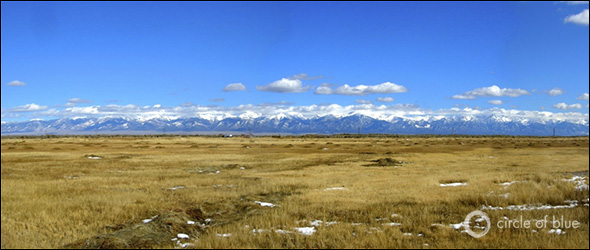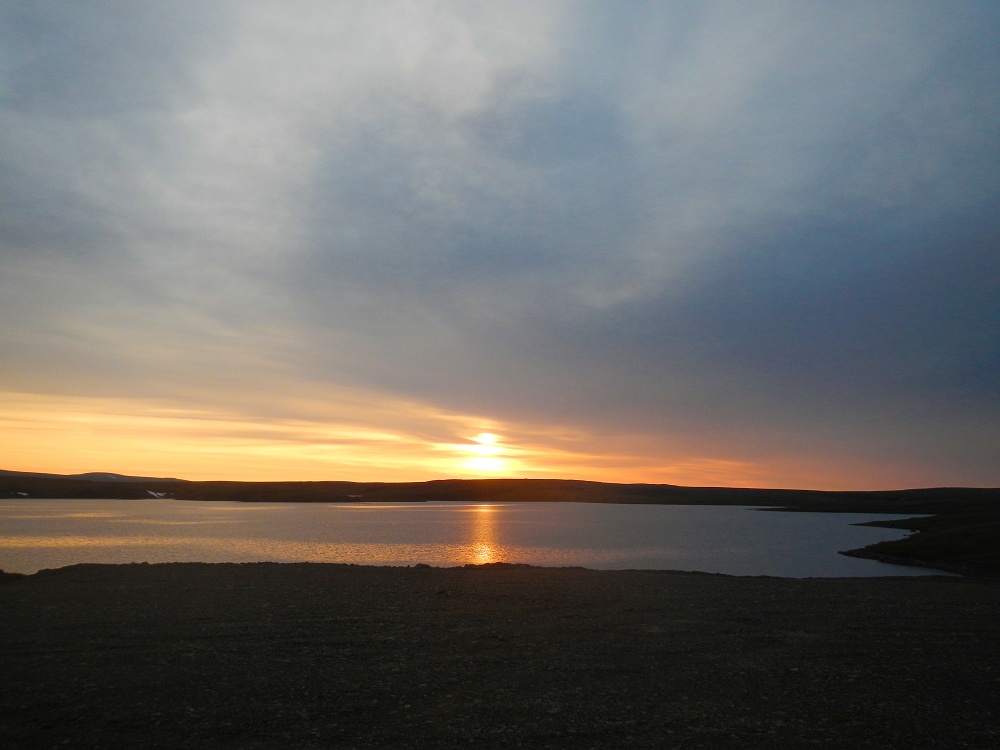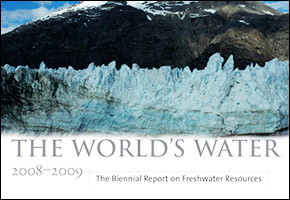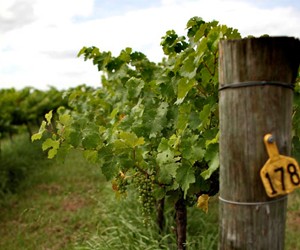Water Shortages Trickle Down the Rio Grande
Groundwater is a proven crutch for dry times, but how much weight can it hold?

A few weeks ago, I wrote about how groundwater withdrawals have rescued farmers in southern New Mexico from scant surface water from the Rio Grande. Thanks to consecutive subpar snow seasons in the Rockies, the eponymous reservoir that serves Elephant Butte Irrigation District is more than 80 percent empty.
Farmers responded in 2011 by pumping a record amount of groundwater. They are likely to do so again this year. And that has caught the attention of municipal officials in nearby Las Cruces, which uses the same aquifers to supply its population of nearly 100,000.
Asked by the Las Cruces Sun-News if he was concerned about the increase in groundwater use, city councilman Greg Smith said, “Absolutely.” He went on to say that there could be more cooperation between large-scale irrigators, small-scale farmers, and the city.
Not Just New Mexico
The Texas Tribune reports that 50 miles downstream, near El Paso, the Rio Grande has run dry for the first time in a decade. The largest city in western Texas (pop. 650,000) will pump more groundwater and fire up the world’s largest inland desalination plant to cover the shortfall. In many places, aquifers have long been the easy emergency water source: drill a well and pump. But groundwater tables, including in the Texas Panhandle, are falling. Combine the ease of access with declining surface runoff, climate change, and growing demand, and you have a recipe for disaster.
Few States Rewriting Groundwater Management
This legislative session, for example, Kansas Governor Sam Brownback signed five water conservation bills, several of which provide longer planning horizons for groundwater use. But in Texas, the state Supreme Court ruled this winter in favor of landowners’ rights when it comes to groundwater pumping. The implications of the ruling, especially for conservation and groundwater regulation, are still to be determined.
Have a groundwater story to share? Contact Brett Walton
–Brett Walton
Circle of Blue reporter
Brett writes about agriculture, energy, infrastructure, and the politics and economics of water in the United States. He also writes the Federal Water Tap, Circle of Blue’s weekly digest of U.S. government water news. He is the winner of two Society of Environmental Journalists reporting awards, one of the top honors in American environmental journalism: first place for explanatory reporting for a series on septic system pollution in the United States(2016) and third place for beat reporting in a small market (2014). He received the Sierra Club’s Distinguished Service Award in 2018. Brett lives in Seattle, where he hikes the mountains and bakes pies. Contact Brett Walton








Leave a Reply
Want to join the discussion?Feel free to contribute!